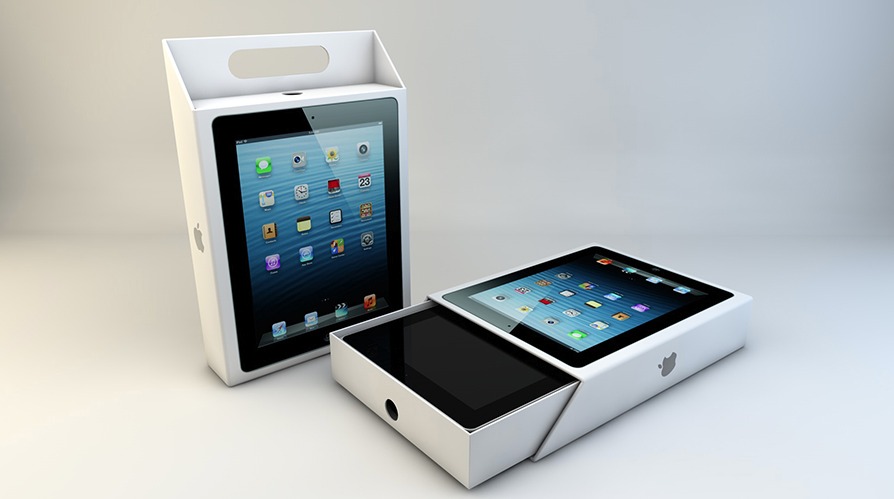Design a package
Design and build a prototype package for a small toy using recycled materials, measure and test protection, then add labels and decorations.



Step-by-step guide to design and build a prototype package for a small toy
Origami Gift Box | How to Make a Paper Gift Box Easy (DIY Craft) | DIY Easy Paper Crafts For Kids
Step 1
Gather all the materials listed and bring them to your workspace.
Step 2
Choose the small toy you want to protect and package.
Step 3
Measure the toy length width and height with the ruler.
Step 4
Decide how much cushioning space you want to leave around the toy for protection for example 1 to 2 centimeters.
Step 5
Calculate the internal box dimensions by adding the cushioning space to each toy measurement.
Step 6
Draw a box template on the cardboard using the internal dimensions and include tabs for gluing.
Step 7
Cut out the cardboard template along your drawn lines using scissors.
Step 8
Fold the cardboard along the lines to form the box shape.
Step 9
Secure the box edges with tape or glue to make a sturdy container.
Step 10
Make cushioning inserts from bubble wrap or crumpled paper to fit inside the box.
Step 11
Place the cushioning inside the box and put the toy into the cushioned space.
Step 12
Seal the box securely with tape then add a sticky label with the toy name and handling instructions.
Step 13
Decorate the outside of the package using colouring materials to make it special.
Step 14
Test the package protection by dropping it from about 1 meter onto a hard surface while an adult supervises then open the box and inspect the toy for any damage and note any changes needed.
Step 15
Make improvements if needed by adding more cushioning or strengthening the box and repeat the test until the toy is safe.
Step 16
Share your finished creation on DIY.org
Final steps
You're almost there! Complete all the steps, bring your creation to life, post it, and conquer the challenge!


Help!?
What can I use instead of bubble wrap or cardboard if I can't find them?
If you don't have bubble wrap or cardboard, use crumpled newspaper or tissue and old socks or foam sheets for the 'Make cushioning inserts' step and repurpose a cereal box or book cover for the 'Draw a box template on the cardboard' step.
My box is floppy or the toy shifts during the drop test — what should I check and fix?
Re-check your ruler measurements and recalculated internal box dimensions from the 'Measure the toy' and 'Calculate the internal box dimensions' steps, add more cushioning during the 'Place the cushioning' step, and reinforce seams with extra tape or glue when you 'Secure the box edges'.
How can I adapt this activity for younger or older children?
For younger kids have an adult pre-draw and pre-cut the 'cardboard template' and supervise the 'Cut out' and 'Test the package protection' steps while they decorate and label, and for older kids have them do precise measuring, template drawing, cutting, and strength testing themselves before sharing on DIY.org.
How can we make the package more special or improve protection beyond the basic steps?
Decorate the outside with a theme and add a carry handle or a laminated sticky label in the 'Decorate the outside' and 'add a sticky label' steps, layer different materials when you 'Make cushioning inserts' for extra protection, and repeat the 'Test the package protection' step after each improvement to compare results.
Watch videos on how to design and build a prototype package for a small toy
DIY Gift Box / How to make Gift Box? Easy Paper Crafts Idea / DIY gift box / gift box / how to make
Facts about packaging design and prototyping for kids
♻️ Paper fibers in cardboard can usually be recycled about 5–7 times before the fibers get too short to reuse.
✂️ Upcycling old boxes and materials into new packages keeps them out of landfills and gives toys a second life.
🎨 Bright labels and fun decorations help a package stand out and tell the toy's story at a single glance.
📦 Corrugated cardboard has been used for packaging since the 19th century — it changed how things were shipped!
🧪 Simple tests like drop tests and padding checks catch the most common causes of toy damage during prototypes.
How do I design and build a prototype package for a small toy using recycled materials?
What materials do I need to make a recycled prototype package for a toy?
What ages is designing and building a prototype package suitable for?
What are the benefits and safety tips for a recycled packaging prototype activity?


One subscription, many ways to play and learn.
Only $6.99 after trial. No credit card required



